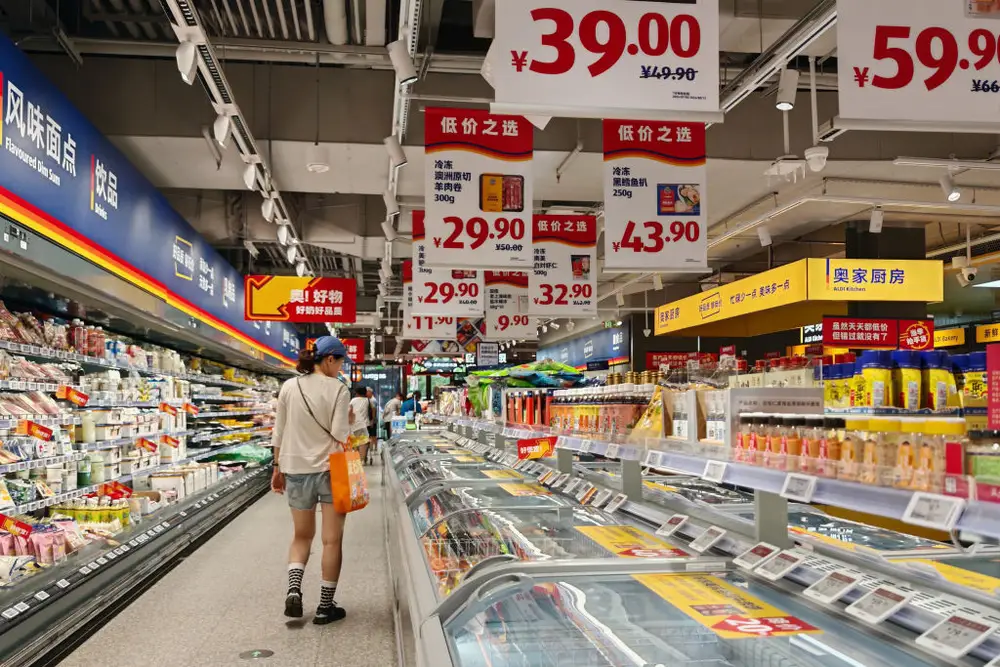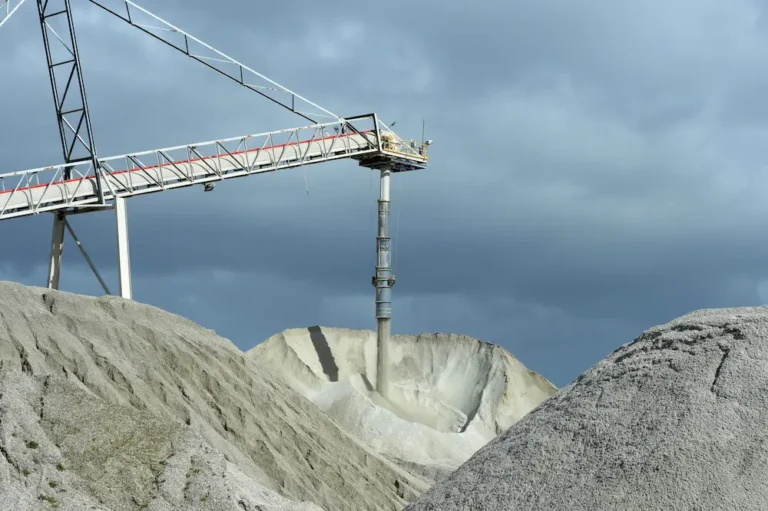Chinese consumers aren’t buying enough stuff, and it’s taking a toll on the economy

Residents select products at a supermarket in Shanghai, China
China’s belt-tightening consumers are dragging on the country’s economy even as external demand supports exports, official data released on Monday shows.
China’s economy grew 4.7% in the second quarter of this year from a year ago, according to the National Bureau of Statistics — missing the 5.1% growth analysts polled by Reuters had expected. The growth was also slower than the 5.3% growth China posted in the first quarter of 2024.
Growth was dragged by weak consumption, with retail sales expanding just 2% in June from a year ago. In comparison, June exports hit a record $99 billion, signaling strong demand elsewhere in the world.
The fresh data shows China’s economy continues to be bogged down by its real-estate crisis, stock-market volatility, geopolitical headwinds, and demographic challenges.
People are just not spending enough
Even though disposable income grew in the second quarter of this year, consumers in China are reluctant to spend.
Weak consumer demand is bad for China’s economy, as it can contribute to a vicious cycle of deflationary pressure on the back of slowing wage growth and spending.
Still, Beijing framed China’s first-half growth — which came in at 5.0% — as “generally stable with steady progress.”
However, it also acknowledged challenges in the consumption space.
“We should be aware that the external environment is intertwined and complex, the domestic effective demand remains insufficient and the foundation for sound economic recovery and growth still needs to be strengthened,” China’s National Bureau of Statistics said on Monday.
Economic outlook for the second half of the year
China’s economic outlook isn’t that rosy for the second half of this year either.
Nomura economists said in a report last week that China’s first-quarter growth was helped by measures including property stimulus.
However, they added that headwinds remain in the second half of the year, including the “tapering of post-COVID pent-up consumer demand.”
Slow domestic demand in China could pose an even bigger problem later this year and ahead amid geopolitical uncertainties.
“Growth dependence on external demand with the current resilience in manufacturing may also breed concerns of any escalating trade tensions, at a time where polls have been leaning towards a likely Donald Trump’s presidency for now,” Yeap Jun Rong, a market analyst at trading platform IG, wrote on Monday, following China’s data release.
China is navigating a difficult economic transition from one focused on property and lower-end manufacturing to the hot new sectors of electric vehicles, batteries, and solar cells — but the sectors’ growth may cool in the second half of this year after the investment frenzy slows, wrote the Nomura economists.
Beijing has a growth target of around 5% for the world’s second-largest economy — a number analysts have said is ambitious.






